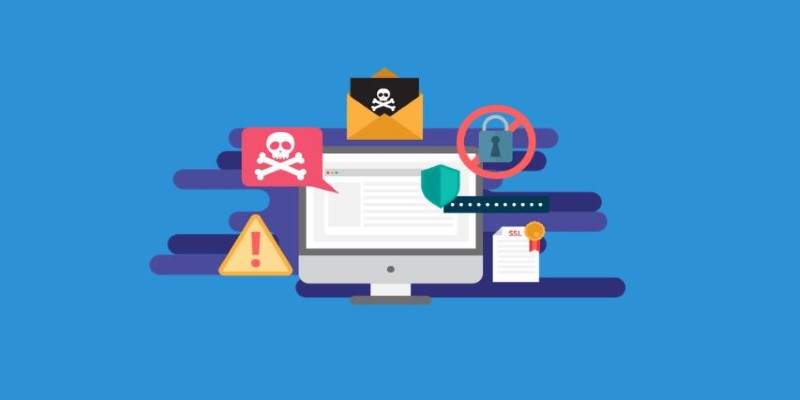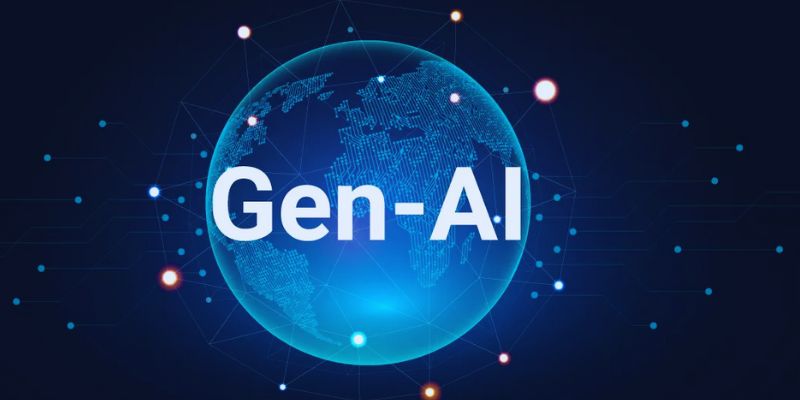Education is the cornerstone of personal growth and societal progress. In many developing countries, however, access to quality education remains a significant challenge. The combination of poverty, lack of infrastructure, and limited access to trained educators creates an educational gap that is difficult to bridge. Artificial Intelligence (AI) offers a potential solution to this issue, bringing hope for a brighter future.
By harnessing AI, developing countries can transform their education systems, making learning more accessible, personalized, and effective. This article explores how AI can help bridge the education gap in these regions, offering practical insights into its potential and challenges.
Understanding the Education Gap in Developing Countries
Before delving into how AI can make a difference, it’s crucial to understand the education gap in developing countries. A significant portion of the population in these regions struggles to access quality education due to various factors, including poverty, lack of infrastructure, and social barriers. In rural areas, the shortage of schools, teachers, and educational materials is particularly acute. Even when schools are available, many children lack the necessary resources, such as textbooks, internet access, and basic school supplies, which can hinder their learning experience.
Additionally, teachers in these areas are often overworked and underprepared. They handle overcrowded classrooms with little support, making it nearly impossible to give students the individualized attention they need. As a result, the education system struggles to meet the needs of all learners, leaving many behind.
How Can AI Help?
AI can help meet many of the education needs in developing nations. By automating back-end tasks, delivering tailored learning experiences, and providing scalable solutions, AI can guarantee that more children have the tools to succeed.
Personalized Learning for Every Student

One of AI's greatest strengths is its ability to provide personalized learning experiences. Students with different speeds of learning often fall behind or lag in normal classrooms. Platforms that leverage AI can accommodate every student at his or her learning speed, pace, learning style, and individual progress and tailor the learning trajectory. Tutoring systems driven by AI can gauge performance, analyze areas of weakness, and provide targeted practice so that every student receives proper attention despite the available means being meager.
Overcoming Teacher Shortages and Training Deficits
Teacher shortages are common in developing countries, and even available teachers often lack proper training. AI can bridge this gap by providing real-time feedback, lesson plans, and resources to enhance teaching. Additionally, AI-based tools can help teachers identify struggling students and recommend appropriate interventions. In areas with few qualified teachers, AI-powered virtual classrooms can offer subjects like math and science, allowing students to learn independently, which is especially beneficial in underserved regions.
Reducing the Digital Divide
In many developing countries, limited access to technology hinders educational progress. AI can help overcome this by leveraging mobile phones, which are widely available in rural areas. AI-driven learning tools can be accessed through low-cost smartphones with basic internet connectivity, making education more accessible without needing advanced infrastructure. This scalability enables students in remote locations to participate in virtual classrooms, interact with AI-powered tutors, and access educational content, bridging the digital divide.
Language and Accessibility
In regions with diverse languages and dialects, AI can make education more accessible by offering multilingual tools. AI-powered translation and language services help students learn in their native language, improving comprehension and retention. This is particularly important in areas where students may struggle with a language barrier in traditional education systems. By providing language-specific content, AI ensures that students from different linguistic backgrounds have equal opportunities to succeed, making education inclusive and accessible for all.
Challenges to Implementing AI in Developing Countries
Despite its potential, using AI in education comes with its own set of challenges, particularly in developing countries. The primary obstacles include a lack of infrastructure, limited access to technology, and concerns about data privacy.
Infrastructure and Technology Access
Many developing countries lack the infrastructure needed for AI adoption, such as reliable electricity, internet connectivity, and devices. These limitations hinder the effectiveness of AI-powered tools. Governments and NGOs must invest in infrastructure, particularly in remote areas, to ensure widespread access to AI in education.
Data Privacy and Security

AI systems require large amounts of data, raising concerns about privacy and security. In developing countries, inadequate regulation increases the risk of data misuse. Governments must implement policies to safeguard student data and ensure that AI platforms are secure and privacy-compliant.
Teacher and Student Acceptance
The introduction of AI in education requires a shift in mindset from both teachers and students. Resistance may arise, especially in regions with traditional teaching methods. Proper training and support are essential to help educators and students understand AI's potential to enhance learning and improve outcomes.
Looking Ahead: The Future of AI in Education
The future of AI in education looks promising, particularly for developing countries. With continued advancements in AI technology, the potential to bridge the education gap is becoming more realistic. As AI systems evolve, they will become even more sophisticated, offering more personalized learning experiences, greater accessibility, and more efficient teacher support.
In the coming years, AI could revolutionize the way education is delivered in developing countries, helping millions of students access quality education that was once out of reach. However, the success of AI in education will depend on how effectively governments, businesses, and communities can work together to overcome the challenges associated with infrastructure, technology access, and data privacy.
Conclusion
AI has the potential to bridge the education gap in developing countries by addressing challenges like teacher shortages, resource limitations, and poor access to quality education. It can offer personalized learning, enhance teacher training, and break down language barriers, ensuring more students can succeed. However, successful AI implementation will require substantial investments in infrastructure, technology, and policies to protect data privacy and improve access. With the right strategies, AI can play a pivotal role in transforming education in developing countries, creating a more equitable and prosperous future for all.











